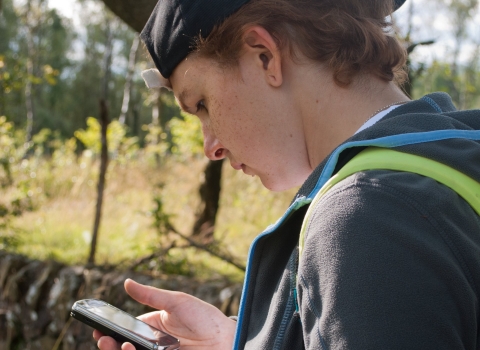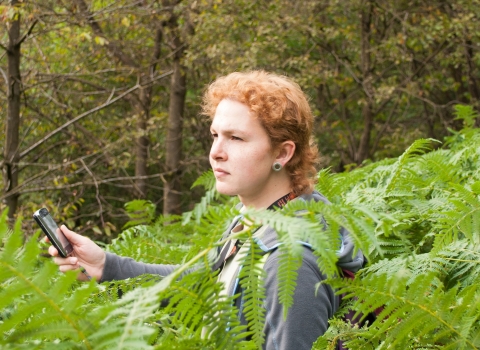What is Geocaching?
Geocaching is essentially an outdoor treasure-hunting activity, enjoyed by both adults and children. Geocachers use a Global Positioning System (GPS) receiver or mobile device and other navigational techniques to hide and seek containers, called geocaches or caches, anywhere in the world. There are millions of geocaches in around 200 countries worldwide, waiting to be discovered. In fact, there are probably some nearby to where you are right now! Geocaching is a great excuse to get outside and enjoy the landscapes around you, whether rural or urban.
‘Didn’t realise this nature reserve existed! Beautiful place and a beautiful day to wander about. Thanks for the cache.’
How do I get started?
To get started, create a free basic account and use www.geocaching.com or the free Geocaching® app to search for caches in your area, or where you want to explore. Not only are the coordinates of containers online, geocaches can share their finds and experiences there too and there’s lots of handy information and FAQs for beginners to help you get going. You then bring along your GPS device (with caches points downloaded on to it) or Smartphone (with relevant app downloaded on to it).
The Geocaching Association of Great Britain (GAGB) has a very useful website with lots of information and useful tips on it too.

Geocaching - Katrina Martin
How does it work?
The co-ordinates navigate you to the place where a cache is hidden. Once there, you need to start searching. Just ask yourself, ‘where would I hide something here?’ Once you find a geocache, open it up and sign the logbook to tell others you have found it. If you take something from the cache, the general rule is to leave something of equal or greater value. When you’re done, place the container back exactly how you found it and share your experience online with the rest of the geocaching community.
Caches on Somerset Wildlife Trust reserves
There are caches placed on many of the Somerset Wildlife Trust reserves which you will be able to find via the geocaching.com website. However, because some reserves have fragile ecosystems or wildlife that could be disturbed by geocaching we operate a traffic light system.
By this we mean that we have some sites (red) where there are no caches to find and where caches cannot be installed; some that are amber – where there are caches to be found, but caches can only be placed with the Trust’s permission, and green where there are plenty to be found as caches can be laid anywhere as long as they meet the national standard requirements provide by the geocaching.com website.
We encourage people to explore and enjoy our public reserves but please take any litter away with you and stick to designated paths. Please also wear appropriate footwear and weather appropriate gear, as the ground can be steep, uneven and slippery in places on our reserves.

